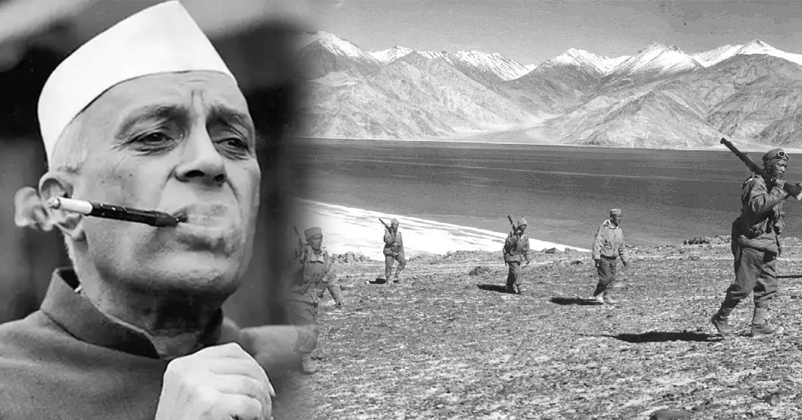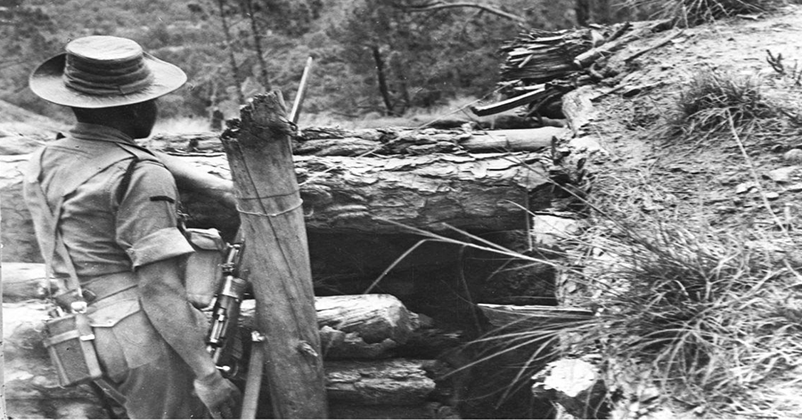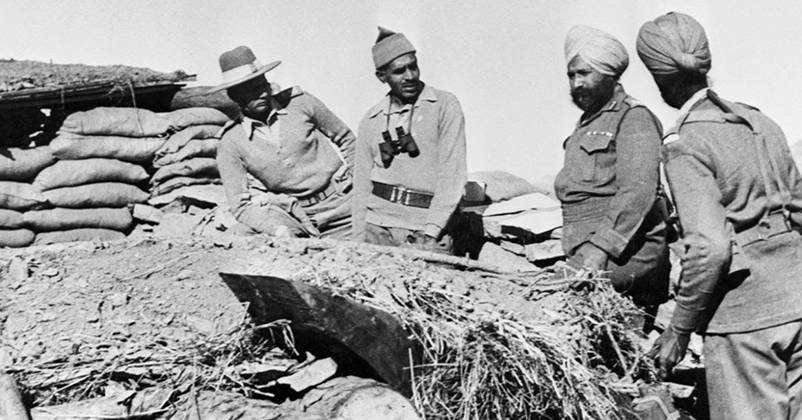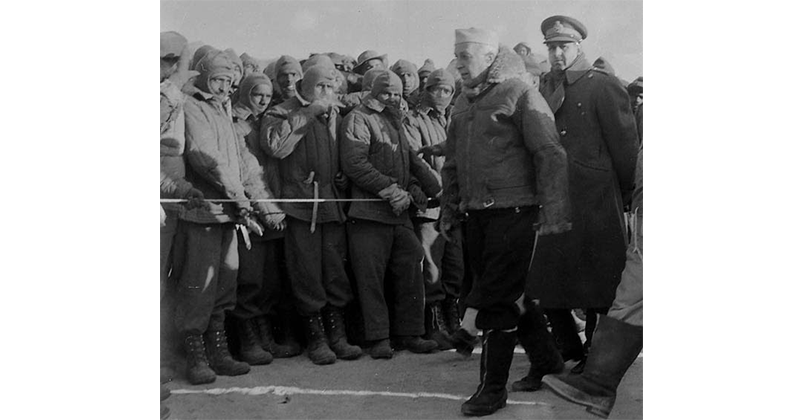20 October,1962: When China declared war on India
Total Views |

The 1962 India-China War was a border dispute between both the nations, particularly over the regions of Aksai Chin in Ladakh (which both India and China claimed) and in the east across the McMohan Line in the then the North Eastern Frontier Agency (Arunachal Pradesh). The disagreement was rooted in historical territorial claims and the undefined border in those areas.
In 1954, the Panchsheel or the Five Principles of Peaceful Coexistence was signed between India and China. It was at this time when former PM of India, Jawahar Lal Nehru promoted the slogan 'Hindi Cheeni Bhai Bhai’. India even supported China in International representation.
The Indian leadership hadn’t anticipated that China would attack. The army was least prepared for any major war. Indian soldiers were heavily outnumbered by Chinese troops. Tensions escalated, leading to a brief but intense conflict in October 1962, resulting in China's victory and a ceasefire.
The war began on October 20, 1962, when Chinese forces launched coordinated attacks along the border. China had successfully occupied Aksai Chin- a strategic corridor linking Tibet to western China, and had almost reached the plains of Assam. It resulted in a swift victory for China, and a ceasefire was declared on November 20, 1962. The conflict left a lasting impact on Sino-Indian relations and the border issue remains unresolved to this day.

An Indian soldier guards a bunker at the Ladakh border region during the 1962 Sino-Indian War.
During the Sino-Indian War of 1962, India lost a significant portion of territory to China. This territory, often referred to as Aksai Chin, is estimated to be around 38,000 square kilometers (approximately 14,700 square miles). It's important to note that this remains a contentious issue between India and China, and the exact border has not been officially delineated or agreed upon to this day.
The official Indian government figures state that around 1,383 Indian soldiers died in the conflict. However, some estimates suggest that the number could be higher, possibly exceeding 2,000 casualties, when accounting for missing soldiers and those who succumbed to their injuries later. 722 Chinese soldiers were also killed and around 1400 wounded.

Indian officers occupying a fort on the Ladakh border during the 1962 war between India and China.
This war had various factors, including political, strategic, and historical, contributing to its outbreak. Several below mentioned factors contributed to the outbreak of the war:
1. Border Disputes: The primary cause of the war was the unresolved border dispute between China and India, primarily over the Aksai Chin region and the McMahon Line in the northeastern Himalayas.
2. Geopolitical Considerations: Geopolitical rivalries and the desire to establish dominance in the region influenced the conflict, with both countries vying for influence in the Himalayan region.
3. Political Leadership: Both countries had strong leaders at the time, with China's Mao Zedong and India's Jawaharlal Nehru, which influenced the dynamics of the conflict. The political climate during the early 1960’s was complex. India’s forward policy in the disputed areas and China’s build up added to the tension.

Jawahar Lal Nehru interacting with Army personnel at North-Eastern frontier in 1962.
4. Historical Factors: Historical grievances and mistrust between the two countries, stemming from previous conflicts and territorial issues, also played a role. There were numerous border incidents and skirmishes leading up to the war, heightening tensions. These clashes culminated in a full-scale conflict.
5. Military Build-up: Both sides engaged in military build-up and infrastructure development along the border, escalating tensions.
6. Unresolved Diplomacy: Diplomatic negotiations failed to resolve the border issue, leading to a military confrontation.
7. Ideological Differences: Differences in political ideologies, with India leaning towards democracy and China following communism, added to the complexity of the dispute.
8. Strategic Considerations: China sought to secure it’s territorial claims and consolidate over Tibet, while India was concerned about China’s increasing presence in Tibet and it’s impact on India’s security.
9. The Dalai Lama's refuge in India: When China invaded Tibet in 1950, it marked the beginning of Chinese control and over Tibet, leading to incorporation of Tibet into China. The Tibetan issue, including the Dalai Lama's presence in India, was a contributing factor but not the primary cause of the war. The war was largely about territorial disputes, especially in the Himalayan region, and the clash of strategic and geopolitical interests.
10. International Factors: The broader global context, including the Cold War dynamics, influenced the conflict. India had ties with the Soviet Union, while China was aligned with the United States, which indirectly impacted the situation.
The Sino-India war of 1962 was a complex and multifaceted conflict with deep-rooted historical, political, and territorial factors. Avoiding it would have required significant changes in the policies and actions of both China and India, as well as the broader international context. Possible steps to avoid the war might have included more effective diplomacy, boundary negotiations and efforts to address the issues peacefully.

